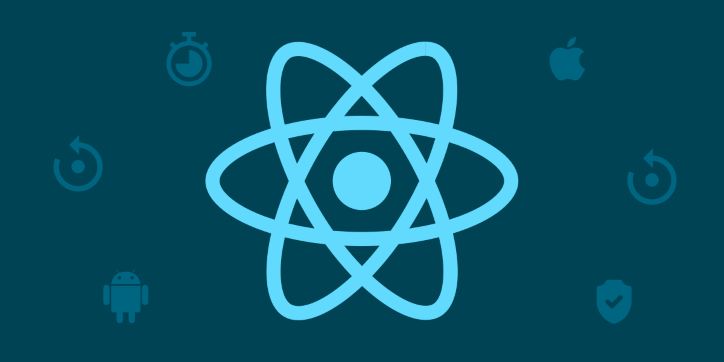WHAT IS REACT NATIVE?
React Native is an open-source platform developed by Facebook that uses a declarative programming model to build native JavaScript mobile apps. React Native combines the best aspects of native development with React, a world-class JavaScript library for creating interface design.
Many companies now prefer to build their apps with React Native because it allows them to write almost all of the code in JavaScript and share it across iOS and Android without having to pay for two separate teams of developers maintaining two different code bases
According to Digitalize Trends, React Native is a top mobile app development language that is used to create a comprehensive app for Android and iOS smartphones. In this article, we will explain what React Native is and why you should use it for your business mobile app development.
In this technological environment, all users want quick information, and most businesses want to provide their customers with a better mobile app experience. There are numerous mobile app development frameworks available, one of which is React Native.
- Reusable Code — Time and money saved:
Developers using React Native do not need to write separate code for different platforms (iOS or Android), as Javascript can be used for both. The ability to reuse code, in particular, increases efficiency, yields super-fast development results, and lowers costs. Furthermore, the existing open-source libraries, including UI libraries, significantly accelerate the mobile app development process.
Furthermore, if a company already has a React web application, some of the code can be reused to create a mobile app.
- Works within a limited budget:
Money is the most important factor you are concerned about when starting a business. To survive in the tech-savvy market, every start-up seeks quick returns. One must grow faster and stay longer. The main reason to hire a React Native developer is that using React Native for mobile app development will save you time and money.
- Authentic Native Feeling:
Native development components map 1:1 to React Native components. This enables developers to create interfaces faster, increase app agility, and create an authentic, native feel that is indistinguishable from the native app.
RN is also native software compliant and can seamlessly integrate with existing code, making it ideal for adding quick extensions to existing native applications.
- Provides cross-platform mobile app development services:
It enables you to use the same code to create Android and iOS applications. As a result, it produces the same performance result with no additional changes.
You can create a mobile application for your type of business in no time. Different languages such as JAVA, Swift, C++, and others are no longer required. You only need a JavaScript developer who is well-versed in native UI libraries, APIs, and hybrid mobile app development.
- Support for Third-Party Plugins:
Because React Native is still in its early stages, some components that would meet specific business needs may be missing. React Native provides two types of third-party plugins to address this: JavaScript-based and native modules.
If you need to integrate Google Maps into your application, for example, React Native allows you to connect any plugin to a native or third-party module.
- The emphasis is on UI and access to Native API:
This allows one to make the UI look exactly like JavaScript and less like a framework. It is a pattern used to simplify the process and make the UI work smoothly in order to provide high-end, quick-response results. Create a mobile app for your company without any programming knowledge.
- Memory is used less frequently:
It is compatible with third-party plugins, and React Native tools allow for a more fluid run-time. The profitable framework, with its well-diversified modules, makes third-party involvement much easier. Without using WebView, the module can be easily connected to the plugin via the native module. This phase is directly related to app outcome features that enable it to provide a faster response. Because cross-bridge linking is not required and most of the codes are used during run-time, React Native for iOS and Android platforms uses much less memory space.
- It is not going away anytime soon:
React Native mobile app developers will be around for decades to come. Any developer will find it difficult to resist the user-friendly manual and timely assorted framework. It has completely covered the app development market in a short time. Facebook is making an effort to stay longer. With each passing day, the framework evolves further, providing us with solutions to all of our problems. There is no need to learn different languages or write complex code when you can create anything with React native.
THE BOTTOM LINE:
Thus, to summarise it all, if you want to develop an all-time multi-dimensional mobile app, that is user-friendly you know where to turn to. From start-ups to well-flourished business monks out there, people are approaching mobile applications rather than only web pages. Most of you know still let me tell you, mobile applications work in a completely different manner than a normal webpage. Always turn to a reliable and quick approach when it comes to app development. Though always overlooked, memory spacing is the biggest issue. No matter how good your app is if it’s too big!! No user is ever going to use it on a regular basis.
So appoint us for your React Native Mobile App development project.
Image Credits: Cubix


